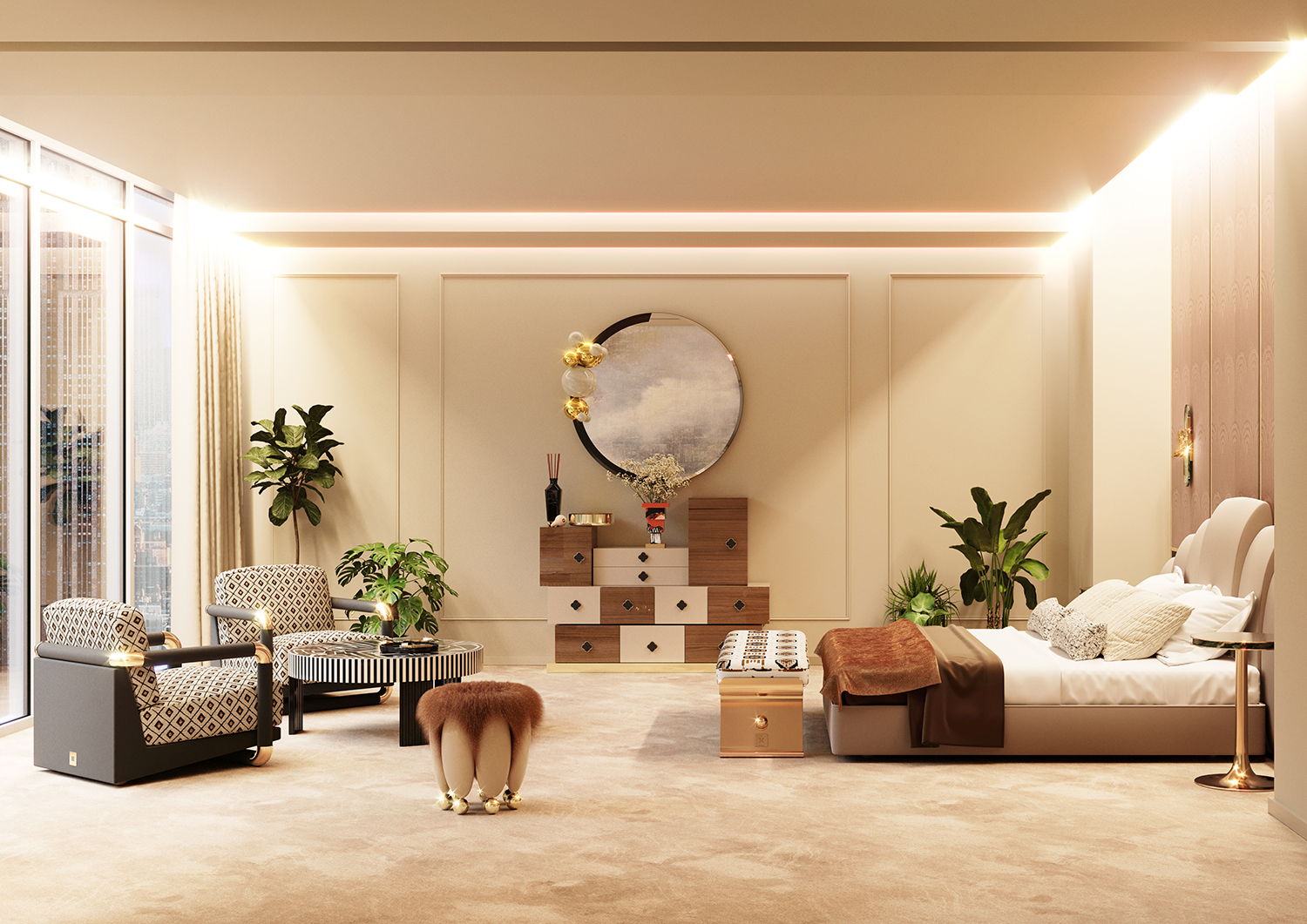Revamp your space with sophisticated luxury interior design.
Revamp your space with sophisticated luxury interior design.
Blog Article
Transform Your Home With Crucial Principles of Interior Design and Appearances
By understanding the impact of shade theory and the importance of texture and patterns, one can produce rooms that are not only aesthetically attractive however additionally deeply individual. Attaining this balance entails even more than mere decor; it includes a tactical plan and an eager understanding of exactly how each component connects within a space.
Comprehending Color Concept
Comprehending the principles of shade theory permits designers to create spaces that reverberate psychologically with occupants while fulfilling useful demands. Each category plays a vital role in establishing harmony within a room.
The psychological impact of shades is profound; warm colors such as reds and oranges evoke power and heat, while awesome tones like blues and environment-friendlies promote peace and peace. Additionally, the usage of complementary colors enhances aesthetic passion, creating striking contrasts that can raise a room's appeal.
Neutral shades, on the other hand, function as a functional background, allowing other style components to shine. It is important to think about aspects such as lights and the room's purpose when picking a shade scheme, as these can modify the understanding of shades throughout the day.
Inevitably, a well-considered color pattern can transform a room, fostering a feeling of comfort and design that straightens with the residents' preferences. Mastery of color theory is, therefore, an important ability for any interior designer aiming to develop harmonious and inviting settings.
Attaining Balance in Layout
Exactly how can developers accomplish a sense of equilibrium in their spaces? Accomplishing equilibrium in layout is basic to creating unified insides. Developers can use three key sorts of equilibrium: in proportion, asymmetrical, and radial. Symmetrical equilibrium involves preparing elements equally around a main point, cultivating a sense of order and tranquility. This type frequently includes sets of furniture or artwork, enhancing aesthetic stability.
Asymmetrical balance, on the other hand, counts on differing components that still attain a cohesive look. This technique enables for more dynamic and informal arrangements, supplying interest while maintaining stability. By thoroughly selecting differing sizes, colors, and structures, designers can develop a visually engaging room that really feels balanced yet energised.
Radial balance highlights a main centerpiece with elements emitting outside. This design is frequently seen in round designs, where furniture and design create a cohesive border that attracts the eye internal.
Ultimately, attaining balance calls for thoughtful consideration of scale, percentage, and the partnerships between components. luxury interior design. By masterfully applying these balance concepts, developers can change areas right into environments that feel both aesthetically pleasing and functionally harmonious, boosting the overall experience for occupants
Significance of Spatial Recognition

An eager feeling of spatial recognition allows developers to identify prime focus within a space, leading the visitor's focus to key functions while maintaining an overall feeling of unity. It additionally assists in the tactical positioning of illumination, which can considerably affect the assumption of room and mood. Recognizing spatial relationships enables the developer to cater to the details demands of inhabitants, ensuring that each area serves its intended function without endangering appearances.
Ultimately, spatial recognition is vital for making best use of the potential of try this web-site any type of indoor space. By thoroughly thinking about the interplay in between dimensions, layout, and function, designers can create settings that not just satisfy functional needs but additionally stimulate a sense of comfort and appeal, enhancing the general living experience.
Integrating Appearance and Patterns
Embracing a diverse array of textures and patterns can substantially enhance the visual and tactile charm of an interior room. The strategic use of various materials-- such as timber, steel, material, and stone-- creates depth and rate of interest, making a room feel extra welcoming and vibrant. As an example, combining smooth surface areas with rough textures can establish an equilibrium that attracts the eye and engages the senses.
When integrating patterns, think about both scale and repeating. Huge patterns can work as centerpieces, while smaller sized, refined designs can enhance other components without overwhelming the area. Layering he said patterns, such as pairing flower cushions with candy striped throws, includes complexity and a feeling of harmony if carried out thoughtfully.
It is also vital to keep a natural color palette, making sure that structures and patterns function with each other instead than contend for attention. By picking a few key textures and patterns, you can create an unified aesthetic that reflects your personal style while boosting the overall atmosphere of the area. Inevitably, the mindful incorporation of these elements can change a mundane area into an advanced environment abundant with personality and heat.
Individualizing Your Area
Producing an area that reflects your character is important to achieving an absolutely welcoming setting. Customization in interior decoration enables you to infuse your distinct style and passions into your home, changing it from a plain sanctuary right into a shelter that speaks with that you are. Begin by selecting a color scheme that reverberates with your feelings-- vibrant colors can energize, while soft tones offer peace.
Include art work and decor that show your interests, whether it be traveling, nature, or abstract ideas. Showing individual collections, such as publications, photos, or keepsakes, can evoke valued memories and produce focal points within an area. Additionally, take into consideration tailoring functional pieces, like upholstered furniture, to align with your aesthetic preferences.

Final Thought
To conclude, the change of a home through the important principles of interior decoration and aesthetics demands a comprehensive understanding of shade theory, equilibrium, spatial awareness, appearance, and customization. Each element adds considerably to producing an unified and functional living environment - interior design firms. By attentively incorporating these concepts, individuals can enhance the visual appeal and emotional vibration of their rooms, inevitably cultivating a home that shows distinct identities while supplying convenience and practicality
Report this page